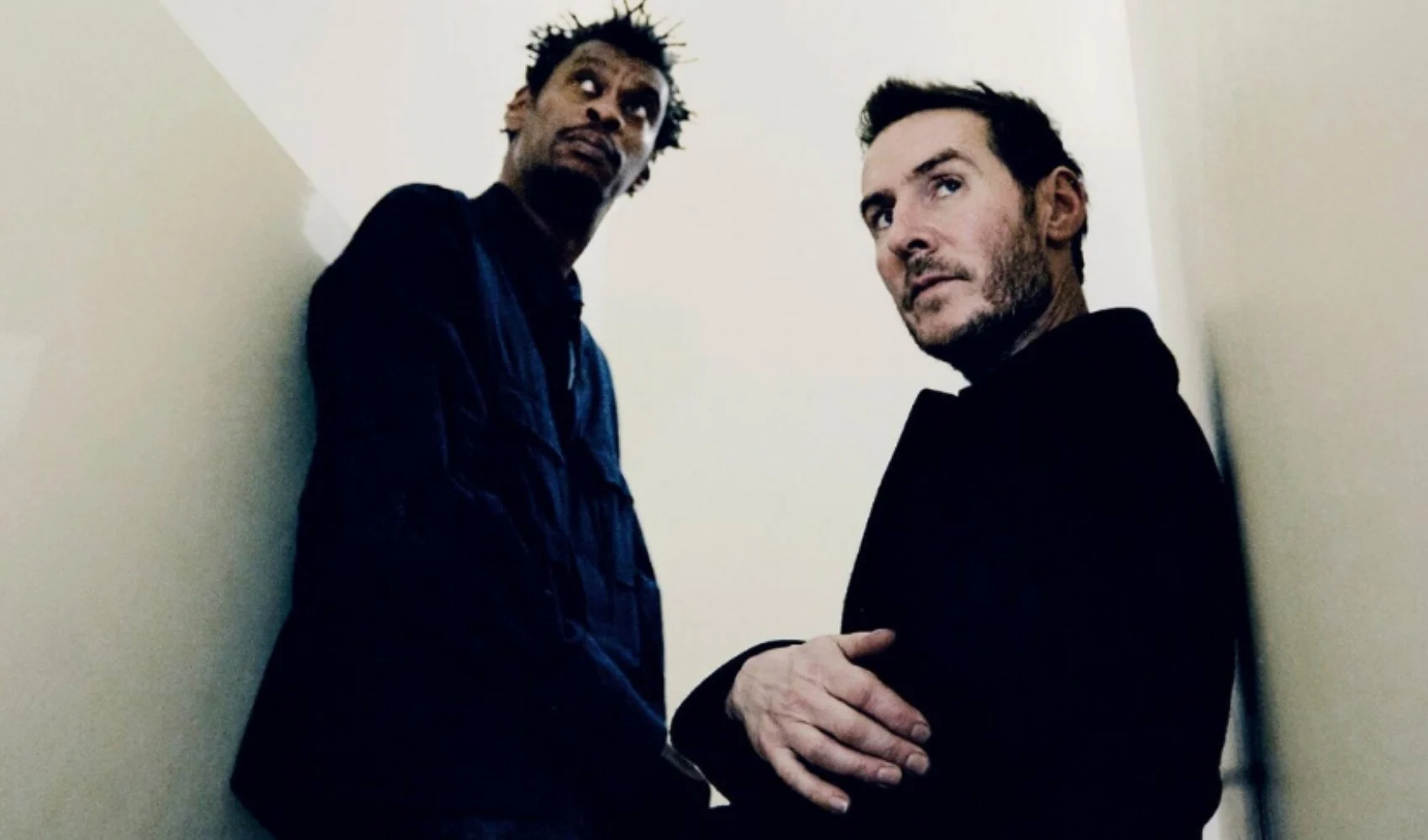This week, Damien Hirst faced renewed scrutiny regarding the dating of his artworks following a new Guardian report, revealing that over 1,000 paintings were created years later than his studio claimed.
The controversy over the dating of Hirst’s artworks started in March after two earlier Guardian reports questioned the accuracy of the production years provided by his studio. One notable work in those reports was an $8 million sculpture of a shark in a formaldehyde-filled tank. While the studio dated the piece to 1999, the Guardian suggested it might have actually been produced in 2017.
The newly disputed artworks are of lower value and more recent origin. They consist of a series of dot paintings on A4 paper, originally dated to 2016. Five years later, Hirst created NFTs of these works, garnering significant media attention at the time.
However, the Guardian, citing unnamed sources, reported that these works were actually “mass-produced in 2018 and 2019.” The publication noted that at least 1,100 paintings were subject to the incorrect dating.
A representative for Hirst’s studio did not deny to the Guardian that the paintings were made years after 2016. Nonetheless, the spokesperson stated that it is Hirst’s “usual practice” to date works back to the year in which the idea was conceived, justifying that these paintings are conceptual pieces.
Earlier, Guardian reported three formaldehyde sculptures in question included Cain and Abel, 1994, which consisted of twin calves appearing side-by-side in white boxes, and Dove, 1999, which featured a bird, wings outstretched as if in flight, set in a single liquid-filled acrylic box and a dissected shark.









